GPS Vehicle Tracking: What’s On Your Bumper?
Have you noticed an increased police presence wherever you go? You know what I mean. No matter where you turn, park, or travel, there seems to be a police car at every corner. Make you nervous? Well, you should be, Mr. Serial Killer, because there’s probably a tracking device attached to your car.
Tracking devices like the FBI’s “Bumper Beeper” pictured above, or the cop’s good old stand-by, the Bird Dog, are used by law enforcement officers who have a real need to know where their crooks are at all times. Yes, sometimes it’s beneficial to know where the targeted bad guys are going, who they’re talking to, and when they’re doing whatever it is they do—24 hours a day, 7 days a week, 365 days a year.
Bird Dog tracking device (Bird Dog is a registered trademark)
The devices are simple, actually. A transmitter magnetically attached to the target vehicle sends a signal back to a receiver that’s monitored by the police. The units are battery powered, usually up to 120 hours on a single charge. Some units contain in-housing batteries while others, like the Bumper Beeper (not the actual name), are powered by a magnetic, cylindrical battery tube attached to the vehicle frame in a location near the transmitter.
Magnetic battery tube
Installation of these devices is easy—sneak into someone’s driveway during a dark night and stick the device to a vehicle’s metal frame, quietly crawl away from the car until you reach the end of the driveway, and then run like crazy back to your police car that’s parked on the next block. Then, you, out of breath and wheezing like an antique pump organ, and your partner giggle like a couple of school kids about how silly you looked creeping around the neighborhood like a Peeping Tom.
Bird Dog transmitter (inside a water resistant case) attached to the frame of an automobile.
Law enforcement secretly installs the tracking device on a target’s car. Some models are hidden in the engine compartment and wired to the car battery. Others are slapped to the undercarriage with industrial-strength magnets.
As the target drives around, the tracking device triangulates its position from three or four GPS satellites, and digitally transmits its coordinates continuously by radio.
The law enforcement agency receives the coordinates and displays the target’s location in real time on a computerized map, keeping a record of the target’s movement. Illustration: Mitsu Overstreet/Wired.com
In the old days, a portable receiver was mounted inside a police car. This allowed the officers to track their target vehicle by staring at a screen displaying a tiny white ball (remember the old Atari Pong game) that represented the bad guy’s car. An accompanying BEEP (the same Pong sound) was heard every few seconds, The BEEP grew louder and faster as the officer grew closer to the crooks. It was a mind-numbing adventure, but it worked just fine. And it was a lot of fun the first few times you used the thing.
Today, officers can track in real time using GPS technology, if they have access to the equipment. No longer do they have to drive all over the city, hoping to get close enough to the target to allow the equipment to work. Now detectives can sit in their office and monitor a bad guy’s precise movements in real time.
Present day Bird Dogs trackers offer locations every ten seconds, no external antennas, no software to install, and all wireless capabilities.
Until January 23, 2012, there was absolutely NO requirement (no warrant needed) for the use of a Bird Dog tracking device. Of course, this was often challenged in court, but until the January Supreme Court ruling, cases had been upheld (United States v. Karo, for example). Before the US Supreme Court ruling, however, the Washington State Supreme Court had ruled (State of Washington v. Jackson, 2003) that a warrant was needed for the installation and use of GPS tracking devices.
I know many of you are fiction writers, so please get this image out of your head. This is not the Bird Dog I’m writing about today.

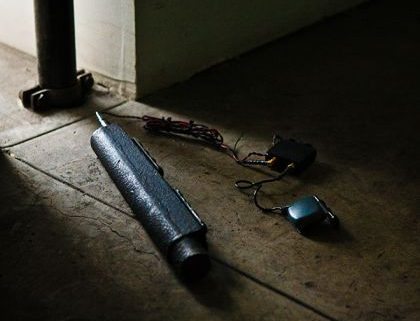
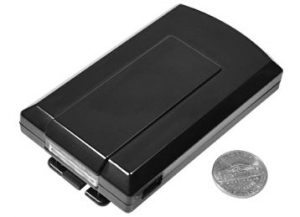
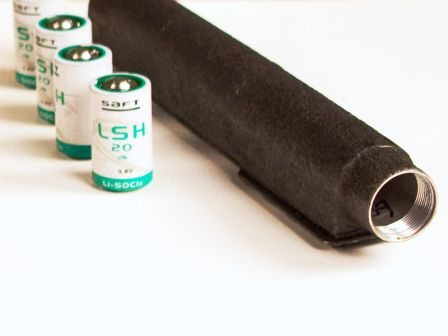
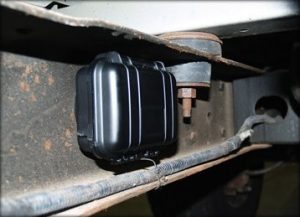
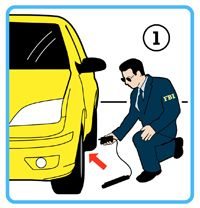
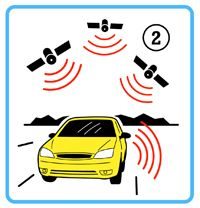






Informative article.
Is this something a bail bondsman might use?
Thanks, Lee. Where were you with this post a year ago when I neeeded to have a tracking device scenario in one of my books? No, I didn’t just make stuff up, I did my homework, but this post would have saved me some time. And, I’m pleased to say that I got it “right” in the book, although it wasn’t an LEO scene. I used what info I got about tracking trucks or other commercial vehicles.
Terry
Terry’s Place
Romance with a Twist–of Mystery
Interesting post, Lee! Thanks! It’s kind of ironic that just this morning, as I drove past my local police station on my way to the library, an SUV was parked outside the station with a logo advertising a tracking business! Neat!
Used to work the comm room for a company that sold the devices and did the tracking back when it was emerging technology. There were some hair-raising nights but lots of down time. Most interesting was why the units were purchased and used, everything from errant spouses to parents keeping watch on teens to law enforcement agencies trying to track smugglers, drug movements, etc. Biggest lesson learned was that smugglers, for the most part, can’t read a maritime map and come ashore at the oddest places – like a resort marina complete with restaurants, hotels, multitudes of puzzled tourists, and the LEOs many, many miles away, breaking speed limits to get there.
If you look at it that way, yes, Bob, there are limitations. But you don’t base cases on a one-time stop at the Piggly Wiggly. Sometimes it takes a combination of tools and evidence and many days of surveillance to garner the results you’re after. And, you can always send someone (undercover) to that particular Piggly Wiggly to verify the information. At least it’s somewhere to start. However, most people aren’t aware that they’re being “followed” and don’t do anything at all to cover their tracks.
Still, if you’re trying to locate drugs, evidence of crimes, wanted suspects, weapons, murderers, kidnap victims, etc., the usefulness is fantastic.
And it could turn up a great sale on rump roasts at the Piggly Wiggly…another useful piece of information.
I’m wondering if LE is putting too much faith in GPS trackers. The tracker may tell you that I stopped in the middle of the 200 block of Main Street for 45 minutes, but without eyes on my body, how do you know where I was on Main Street. Just because I parked in front of 220-222 Main Street doesn’t mean I actually visited a person at that address. For that matter, how do you know that I stayed on Main Street? I might have parked the car there, and walked 20 minutes a three blocks away.
I understand that usefulness of the tool, but I wonder how many people are overlooking the limitations.